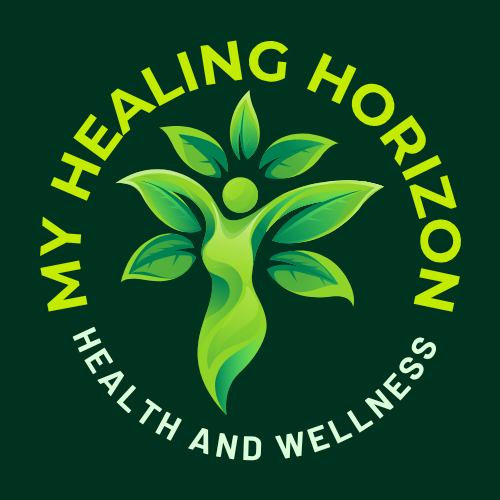The Beginner’s Guide to Clean Eating: What to Eat and Why
Share
The Beginner’s Guide to Clean Eating: What to Eat and Why
If you’re tired of feeling bloated, sluggish, or confused by fad diets, it’s time to simplify your approach to food. Clean eating isn’t about counting calories or cutting out entire food groups — it’s about fueling your body with real, wholesome ingredients.
This beginner’s guide will break down what clean eating really means, what to eat, what to avoid, and why it matters for your health.
What is Clean Eating?
Clean eating is a lifestyle, not a diet. It’s all about choosing whole, minimally processed foods that are close to their natural state. That means fewer ingredients you can’t pronounce and more that your body will actually recognize and use.
It’s not about being perfect. It’s about making better choices, one meal at a time.
Why Clean Eating Matters
Eating clean supports:
- More energy and better focus
- Improved digestion
- Balanced blood sugar (fewer crashes!)
- Clearer skin and better sleep
- A healthier heart and metabolism
You’re not just eating for now — you’re eating for long-term health.
What to Eat on a Clean Eating Plan
Here’s what your clean-eating grocery list should look like:
🥦 Fruits and Vegetables
The more color, the better! Fresh, frozen, or organic if possible.
- Berries, apples, bananas, leafy greens, broccoli, carrots, sweet potatoes, etc.
🥚 Lean Proteins
Clean protein helps build muscle and keeps you full.
- Chicken, turkey, eggs, tofu, beans, lentils, salmon, sardines
🥑 Healthy Fats
Fats are essential — just choose the right kind.
- Avocados, nuts, seeds, olive oil, coconut oil
🍚 Whole Grains
Unrefined carbs provide fiber and lasting energy.
- Brown rice, quinoa, oats, whole wheat, barley
💧 Plenty of Water
Staying hydrated is part of clean living!
What to Avoid (or Limit)
Clean eating doesn’t mean you never eat these things — but cutting back helps your body thrive.
❌ Processed snacks (chips, cookies, sugary cereals)
❌ Sugary drinks (soda, sweetened juices)
❌ Refined carbs (white bread, pastries)
❌ Excess salt and sugar
❌ Artificial ingredients and preservatives
Clean Eating Tips for Beginners
- Read ingredient labels. If you don’t recognize it, skip it.
- Meal prep. Having healthy meals ready saves time and prevents poor choices.
- Cook at home. It gives you full control over what goes in your body.
- Eat mindfully. Slow down, chew well, and listen to your hunger cues.
- Be flexible. It’s a journey — not a strict rulebook.
Final Thoughts
Clean eating isn’t restrictive — it’s refreshing. By choosing nourishing, whole foods, you give your body the fuel it deserves. Start with small swaps, stay consistent, and watch how your body (and mind) transforms.
